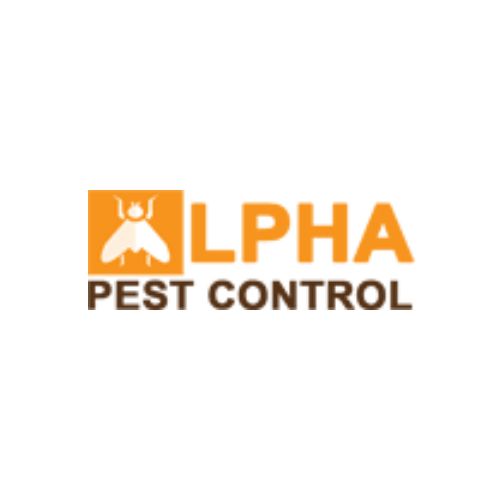The removal of a dead animal is a task that, while unpleasant, is occasionally necessary. It's important not only for aesthetic reasons but also for health and safety. The process must be handled safely to prevent the spread of disease and to comply with local regulations. Here’s a step-by-step guide on how to do it safely: Alpha Pest Control
Step 1: Personal Safety First
Before you begin, ensure you’re equipped with the right personal protective equipment (PPE). This should include gloves, a face mask or respirator, and appropriate clothing to prevent any direct contact with the carcass or any fluids.
Step 2: Assess the Situation
Determine the size of the animal and the state of decomposition. This will affect the removal process and the level of risk involved. Also, check if the animal is a species that is protected by law, which may require special handling.
Step 3: Preparation for Removal
Gather the necessary tools and materials needed for the removal, such as plastic bags, a shovel or other tools for handling the animal, and disinfectant for cleaning the area afterward.
Step 4: Removal of the Animal
Carefully place the animal into a heavy-duty plastic bag. If the animal is large, you may need additional help or special equipment. Be gentle to avoid rupturing the carcass, which could spread contaminants.
Step 5: Sanitize the Area
After the animal has been removed, thoroughly clean the area with a disinfectant suitable for killing bacteria and viruses that might have been present. This is crucial to prevent any potential health hazards.
Step 6: Proper Disposal
Consult your local regulations for guidance on disposing of the animal. This may involve taking it to a landfill, incinerator, or calling a professional service to handle it for you. Never dispose of the animal in a way that could contaminate water sources or cause harm to other wildlife.
Step 7: Legal Reporting
If the animal is of a protected species or you suspect it died from a disease that poses a risk to public health, report it to the local authorities. They can take the necessary steps for testing or further action.
Step 8: Disinfect Tools and Equipment
Any tools used in the removal process should be thoroughly cleaned and disinfected. This includes the shovel, gloves, and even the soles of your boots.
Step 9: Personal Decontamination
After the removal and disposal, remove and dispose of your gloves and wash your hands with soap and water for at least 20 seconds. If any clothing or parts of your body came into contact with the animal or fluids, ensure you shower and launder your clothing at a high temperature.
Step 10: Monitoring the Site
Keep an eye on the area where the dead animal was found for any signs of remaining contamination or the presence of other dead animals, which could indicate a larger problem that needs to be addressed.
Conclusion
By following these steps, you can ensure that dead animals are removed safely, reducing the risk of disease transmission. Always remember that handling wildlife, even when deceased, can pose significant health risks. When in doubt, or if the situation seems beyond your capabilities, it's best to call in professional removal services who are trained and equipped to handle the task safely and legally.





Comments